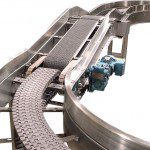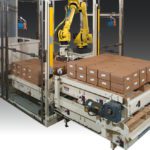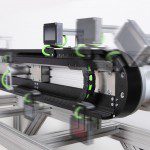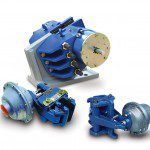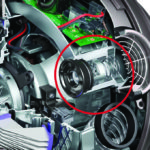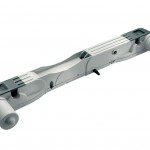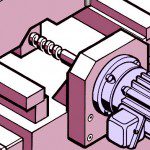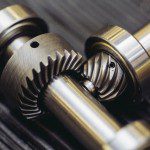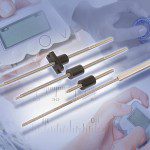Updated February 2018. || Engineers have used chains in motion systems for more than a century. They are versatile and reliable components to drive machinery and convey products. Now, advances in precision and technology let designers use chains in more applications than ever. Remote installations benefit from long-life chain that requires no lubrication, for example. […]
FAQs + basics
How to select an ac drive: An engineer’s guide
A drive (or amplifier) provides electrical power to a motor by regulating the motor speed and torque in response to commands from the motion controller. Some drives (amplifiers) have the capability to perform individual positioning moves, commonly termed point-to-point or indexing commands. There are several key factors to consider when selecting an ac drive. For […]
How to Size and Select Cable for Motion Applications
Updated February 2020. || Selecting the right cable for an application starts with a few fundamental parameters. First, determine the application type. In industrial machinery, will the cable be stationary or will it be moving? Is the motion mainly flexing or is there torsional motion involved? Does the application call for both flexing and torsion? […]
How to size clutches and brakes to a design’s motor: An engineer’s guide
Updated May 2019. || Brakes and clutches are a mainstay in motion designs that need to stop, hold or index loads. Especially over the last five years, a technology trend toward application-specific designs has quickened as several industries are pushing the performance envelope of stock components. First step: Pick between clutches and brakes Brakes are used […]
Design engineering guide to selecting compression springs
Updated July 2018 by Lisa Eitel || Several parameters dictate the most suitable helical compression-spring selection for a given application. The OD of a spring expands under compression. Consider this if the spring goes into a tube or a bore during assembly. Also remember that the OD of a spring is subject to manufacturing tolerances, just […]
How to select an electric actuator: An engineer’s guide
Updated November 2019 ⚙️ Many applications call for the use of electromechanical actuators — which include electric motors paired with mechanical devices for converting the motor’s rotary motion into linear motion. In fact, today’s actuators are so efficient that the variety available for different design needs has proliferated. That means that actuators today are easier than […]
How to size and select ballcrews: An engineer’s guide
When specifying a ball screw, understanding the application criteria that the component needs to satisfy is essential. There are several factors to consider and each one plays a role in the decision-making process. One approach is to think of the acronym LOSTPED to help evaluate the application. LOSTPED stands for: Load – including the mass being […]
How to size and select gearboxes: A Motion Engineer’s Guide
Updated May 2016. || Application-tailored and custom gearboxes are increasingly common, mainly because they’re easier than ever to manufacture to specification. That’s not to say that the design work isn’t challenging. However, modern manufacturing lets some suppliers make gearboxes and components to meet specific application requirements. New supplier approaches to giving engineering support as well […]
How to select a lead screw: A design engineer’s guide
Lead screws use the helix angle of the thread to convert rotary motion to linear motion. The performance of a lead screw depends on the coefficient of friction between the nut and the screw, which in turn depends on the material used for the nut and screw. Here’s an overview of the most important factors […]
How to select a motion controller: An engineer’s guide
A motion controller is the core of any motion control system. Motion controllers essentially take an input command, which can be a motion profile consisting of position commands, and issue torque commands to a drive which powers a motor and moves a load. Choosing the right motion controller for your application begins with knowing the […]

